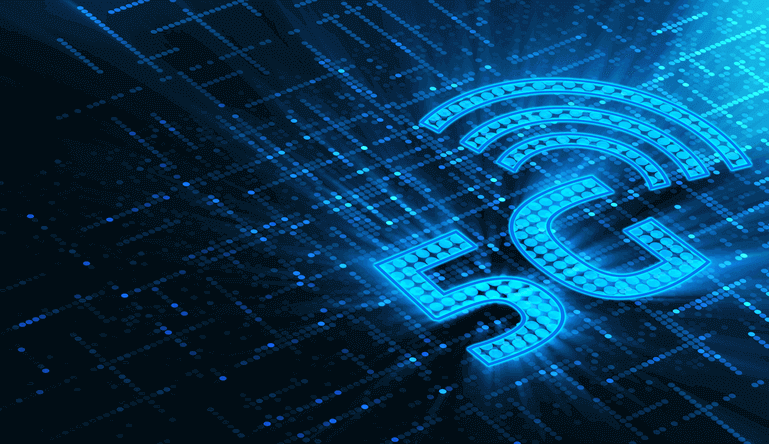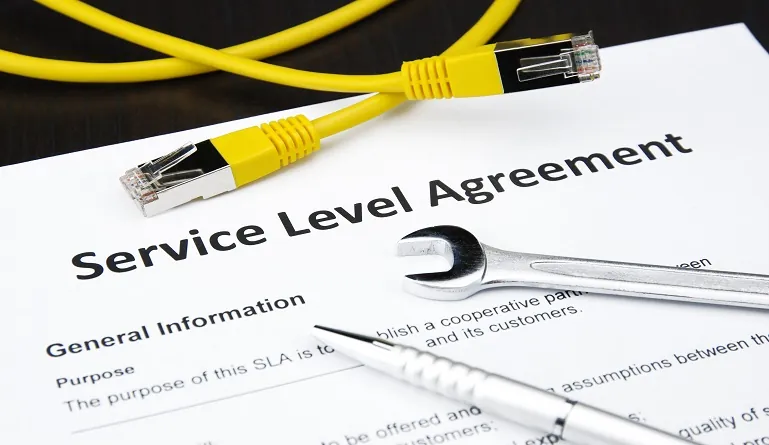The Telecom sector has seen a paradigm shift, particularly when it comes to mobile technology. If we look at the first-generation technology that came more than a decade ago, with the fifth generation 5G technology prevalent today, the transmission of data has become faster and reliable.
What is 5G?
5G, essentially refers to the fifth-generation mobile technology among all technologies so far. It is the latest in the lineage and is designed in such a way that it can enhance the existing 4GLTE technology that is quite common these days. Each generation of technology is defined based on multiple factors such as, the core technology used in building that generation, the speed with which data transmits to other connected devices.
Furthermore, there is a distinction between public 5G and private 5G networks. It is said that the Fifth-generation mobile technology offers speed in gigabits – which means that data can be transmitted between devices at the rate of 10 Gbps. Moreover, 5G technology also eliminates any kind of latency and helps in increasing the connectivity and coverage to remote locations, where today 4G network is finding a challenge.
However, 5G technology is more at a nascent stage today and is available as a blueprint only, with limited coverage, restricted to a few regions or areas. Countries like South Korea have already done a countrywide rollout of the 5G network. Other countries such as Australia, China, and the EU are also working with their respective regional service providers to expand the 5G connectivity.
What does 5G do?
A fundamental benefit of having Fifth-generation mobile technology is the reduction in latency and significant improvement in connectivity speed. Users can enjoy faster downloads, reduce any kind of buffering, and have an enhanced & enriched virtual experience.
Moreover, Fifth-generation mobile technology use cases go beyond the consumer. Since this is a wireless technology, it will ensure seamless transmission of a large quantum of data for businesses as well. It will help in establishing very smooth connectivity between the digital world and the physical world.
Let us look at the various sector-wise applications of 5G mobile connectivity
· Transportation
With the help of the 5G network, traffic signals can efficiently manage intersections by detecting upcoming cars. 5G network can also further be expanded to self-driven cars that can communicate with other similar cars.
· Medicine
Using 5G technology, doctors and physicians can diagnose and treat patients who are sitting in remote locations. Harnessing the power of Artificial Intelligence will allow doctors to come up with accurate diagnoses and treatments.
· Farming
It is anticipated that by 2050, the farming sector will be required to feed close to 10 billion people, using the same capacity of land that is currently feeding 7 billion people. Using 5G technology will help in using farm equipment that can help in improving the efficiency of food production.
· Public Services
5G can easily help public services such as the 911 services in the United States, where coordination among other components such as ambulance, police, fire departments can increase tremendously. It will improve the location information where such services are needed, thereby resulting in a faster response and action time.
Why 5G is important?
Today, every business is dependent upon the telecommunication sector for high-speed internet access. Having 5G will be very beneficial to many businesses through network slicing. This means data that is used for communication and entertainment will get one slice of the network, and areas that require critical data will have a dedicated slice. To ensure that this gets materialized soon, the telecom sector is working towards building the infrastructure to ensure a smooth transition to Fifth-generation mobile technology.
The success of this transition is dependent upon the virtualization of Radio Access Networks (RAN). For telecom companies, RAN is a critical element, and it involves an expensive and complex process. However, since there is a growing demand for the 5G network connectivity, companies have to invest in RANs to meet this demand.
Difference between 5G and previous generations
Let us look at how 5G network connectivity is different from its predecessors.
- 1G – First Generation: Was available in the 80s and was delivered through analog devices
- 2G – Second Generation: Was implemented in the early part of the 1990s and used the technology of digital voice (for instance CDMA technology)
- 3G – Third Generation: Launched in the early 2000s where technology was using mobile data consumption (e.g., CDMA 2000)
- 4G – Fourth Generation: The current technology that is prevalent, which uses LTE technology for providing high-speed connectivity. Broadband came into existence, thanks to 4G
All previous generations have carved the way for Fifth-generation mobile technology because it is designed to provide improved connectivity compared to what was available in earlier generations of mobile technology. With things like no latency, impeccable connectivity, and extremely high speeds, will take mobile technology to a different dimension. It will have a significant positive impact on almost every industry helping them accomplish their business goals faster.
Impact of 5G on the global economy
It is clear that 5G is going to drive the world economy. Here are a few important statistics that are eye-opening.
- Global economic output worth $13.1 trillion
- New jobs worth $22.8 million created
- Global Capex for 5G and R&D for the next 15 years is expected to be $265 billion
It is anticipated the true impact of 5G on the global economy will be felt around 2035, where many industry verticals will be harnessing the power of 5G, thereby creating output worth $13.1 trillion in goods and services. From a job market perspective, it is expected that the 5G value chain – comprising of players such as OEMs, content creators, operators, developers, and consumers, will be able to support 22.8 million jobs, just in Beijing, China. That is the power and potential of 5G, however, only time will tell how effective this technology will be and to what extent the global economy will be affected.
5G FAQs
Here is the answer to a couple of common questions that are hovering around 5G.
· Is 5G available now?
The answer to this is Yes. Fifth-generation mobile technology network has already been launched by various operators and since 2019, this has been in existence. Moreover, mobile device manufacturers have also started developing and launching 5G compatible mobile devices. Today, 5G has been successfully rolled out in more than 60 countries and this is just the beginning.
· Do I need a new smartphone for 5G?
Yes, to ensure that the 5G network works effectively and you are able to utilize the full potential Fifth-generation mobile technology, you need to buy a smartphone that is compatible with 5G network connectivity. There are many manufactures who have already started making 5G smartphones and there are many carriers globally that provide and support 5G networks.
The Future of 5G
Though we have seen a start in the role of the Fifth-generation mobile technology network, the network is, however, ready for a massive shift in the way the world sees the telecom sector. We will be witnessing the large-scale implementation of process automation done quickly, thanks to 5G. If we talk about consumer goods and particularly the mobile device segment, consumers can be ready for an exceptional experience – with the surge in IoT and AR/VR technology to support it.
Global implementation of a 5G network will result in a required change in the infrastructure of the telecommunications sector, however, we can’t ignore the fact that this comes with its own set of challenges. Question is – are we up for it?






